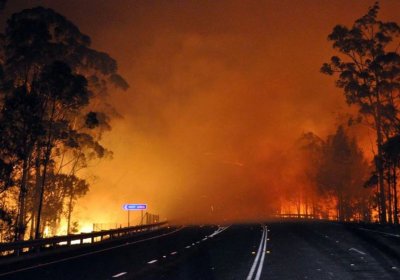The IPCC's latest report should be a wake-up call to governments everywhere, but it's going to take more than science to force action by the biggest global emitters, writes Barry Sheppard.
heatwave
Never have so many heat records fallen by such a large margin than in the past week’s historic heat wave in western North America, report Bob Henson and Jeff Masters.
The provisional State of the Global Climate 2020 report, released this week, shows that climate change continued its relentless march in 2020, reports Climate and Capitalism.
Scientists have projected that warming climate could cause combined heat and humidity to reach levels rarely, if ever, experienced before by humans. According to a new study, such conditions are already appearing, writes Kevin Krajick.
When flying foxes drop dead from the heat, parts of the Hume Highway melt and Penrith in Sydney’s west is the hottest place on Earth with a temperature of 47.3°C, it is clear that extremes of heat are having a devastating impact.
The extreme heat during early January in south-east Australia was global news and follows the “angry summer” of 2016–17.









